Caruso’s Captivates the Miramar Coast
Chef Massimo Falsini Explains the Rosewood Resort’s Flagship Restaurant
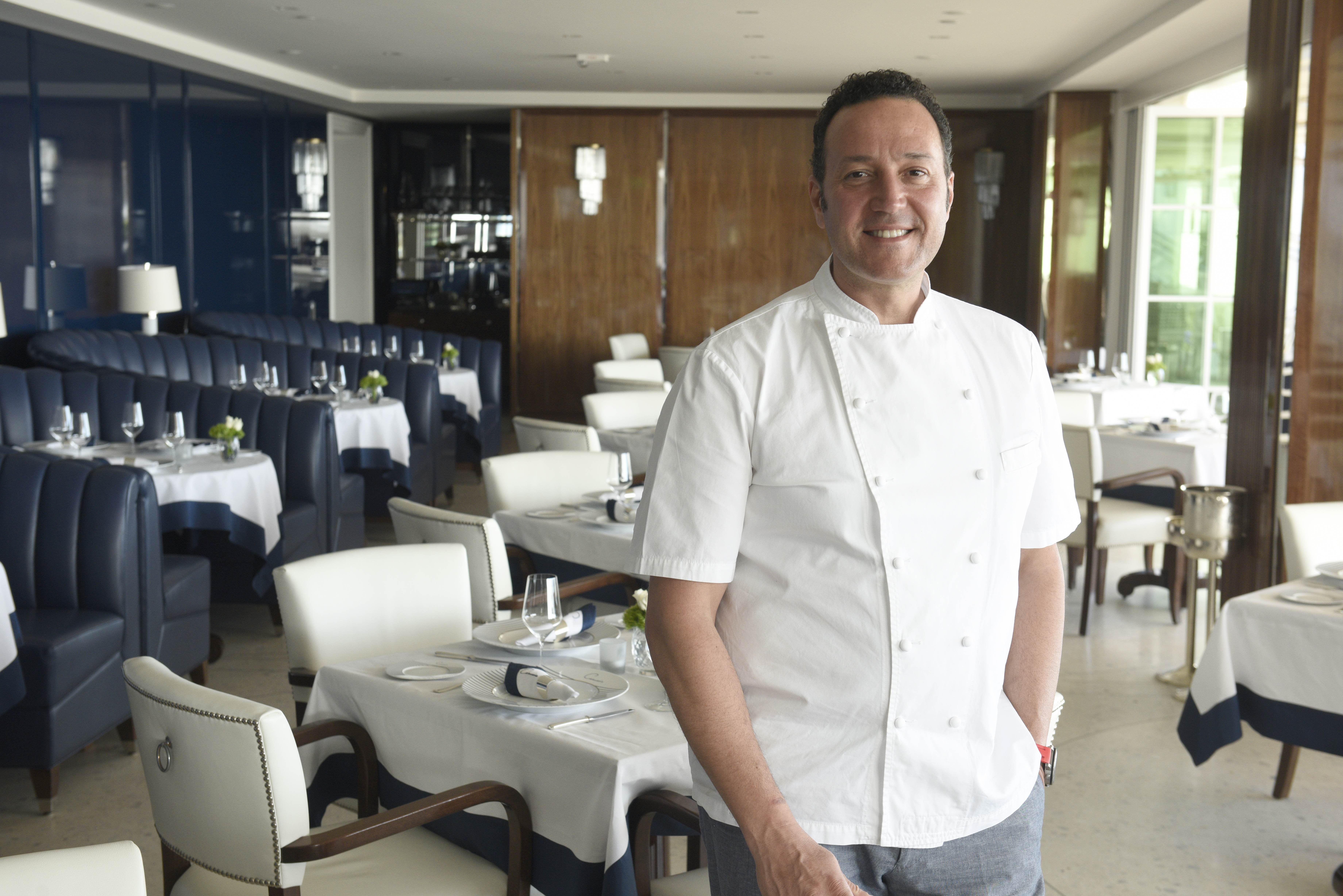
Even if Caruso’s relied on a run-of-the-mill cook to push out burgers and pizza, the Rosewood Miramar resort’s flagship restaurant would enjoy a tremendous advantage over most other eateries on Earth. Its open-air dining room sits a staircase above Miramar Beach, where surfers ride a peeling point break, the Channel Islands bask in the mauve glow of sunset, and oil rigs twinkle like crystal ships when night descends. Upon opening in March, Caruso’s quickly jumped into the running for most beautiful place to eat on the planet — even shoe leather might taste divine with such distractions.
Of course, hailing from the epicurean expanse of modern Los Angeles, developer Rick Caruso did not cut corners in hiring Chef Massimo Falsini, a Roman whose résumé reads like a luxurist’s bucket list. He started at Harry’s Bar in Rome, helping them nab their Michelin star, before working at top resorts in Abu Dhabi, Sicily, Orlando, Hawai‘i, Florida, and, most recently, Napa Valley.

No surprise, then, that his food is pretty enough to compete with the views and tasty enough to make you forget them altogether. After my wife and I received our cocktails — I ordered the namesake Miramar, and she eventually ordered two of the Memories of Baja tequila drink — our meal began with a subtle bang in the form of an amuse-bouche with pickled cauliflower, caviar, and crème fraîche, its sour-salt-smoothness all becoming one.
The starters were fresh and inventive, from the charred avocado and beet salad, served with a slightly sweet, almost granola-like cashew cheese, to the chilled minted pea soup with goat cheese froth to the Baja kampachi crudo, with subtly delicious tea of lemon verbena and rosehips. There was a fascinating floral sense about each of these dishes, thanks in part to the many edible flowers involved, giving a strong springtime sensation to each bite.
Then came the tomato-forward mafaldine pasta and the artichoke confit and pulled buffalo cheese pinsa, which is a Roman, pizza-like flatbread; both were very good, although not as transcendent or visually stunning as the previous courses. We shared a perfectly cooked crisp Monterey salmon entrée before being blown away by a series of eye-popping desserts, most notably the take on tiramisu that arrives in a large ostrich egg shell of suspended sugar.
In speaking to others who’ve dined there, I haven’t heard any complaints about the food, nor much about the price, which would have exceeded $300 for our meal had we not been guests of the restaurant. A more efficient couple could grab drinks, share a salad and pinsa, and guzzle the endless views for around $75.
There have, however, been fairly loud grumblings about slow service. But like a beloved dish that becomes the talk of the town, I’ve learned that even particular gripes can grow trendy when foodies talk about the latest restaurants — not that the complaints are false, but they often pick up a life of their own and outlive the reality.

At least on our Sunday, I found the waiters and bussers extremely informative and attentive, despite a packed house. I only caught the faintest sense of delay toward the end of our meal, as we waited briefly for the bill, our thoughts shifting to the rising babysitting fee back home. But generally speaking, if you’re in a rush to get out of the Miramar, you’re probably missing the whole point anyway.
To get a better sense of what Falsini is up to, I sent him questions via email, per his request, and this is what he had to say. Among other things to look forward to is the launch of his tasting menu, which is scheduled for May 1.
What is your hope for the Caruso’s menu? My philosophy on cooking is purely ingredients-based. I believe that when you stay local, and you prepare the dishes respecting the environment and animal welfare, the dishes will be naturally approachable and fanatically memorable. Mother Nature is just awesome! Have you ever looked closely at a romanesco cauliflower? Did you notice the geometry? What about the artichoke? There is so much natural perfection out there — we just have to find a place on our menu to let her shine.
How often do you go to our farmers’ markets? I go to the farmers’ market every Saturday on Anacapa and every Tuesday evening on State Street, religiously. This is how I grew up: Back home in Rome, going to the mercato is daily habit. My family had a stand in different markets for years, as we were charcutiers for many generations. Cooking with Mother Nature, following the seasons, and cultivating relationships is key for a chef. Going to the market is a great opportunity to connect with the growers, sharing knowledge and stories. It’s just like how people used to go to an old bale mill; they went to mill their grains, but also to socialize and talk business.
Given the ocean views, how does seafood play into the menu? The American Riviera is like a chef’s theme park!! There is so much availability, and therefore lots of fun behind the stove. We are partners with diver Stephanie Mutz and the Santa Barbara Fish Market mostly, but we welcome small boats and small fishermen as well. I am very passionate about sustainability and the health of our oceans, and I am truly disappointed when I see seafood items on menus that are not from our own coast. We work with the James Beard Foundation’s Smart Catch Program, and we are committed to using a minimum of 85 percent sustainable seafood.
I’ve read that your pizza crusts use less wheat than usual. Why is that? Yes, this is not a pizza but a pinsa, which is an ancient Roman pie, basically the ancestor of the classic Neapolitan pizza. Pinsa is a long-fermentation dough, 72 hours, with mostly rice, soy, and minor wheat content in order to reduce gluten and increase lightness. This flour mix allows the dough to absorb up to 80 percent of the water, which makes the digestion much easier, and the dish much more enjoyable. As a result, the flavor is more on the nutty and sour side, like eating a sourdough flatbread with different aromas, and the crunch is far superior.
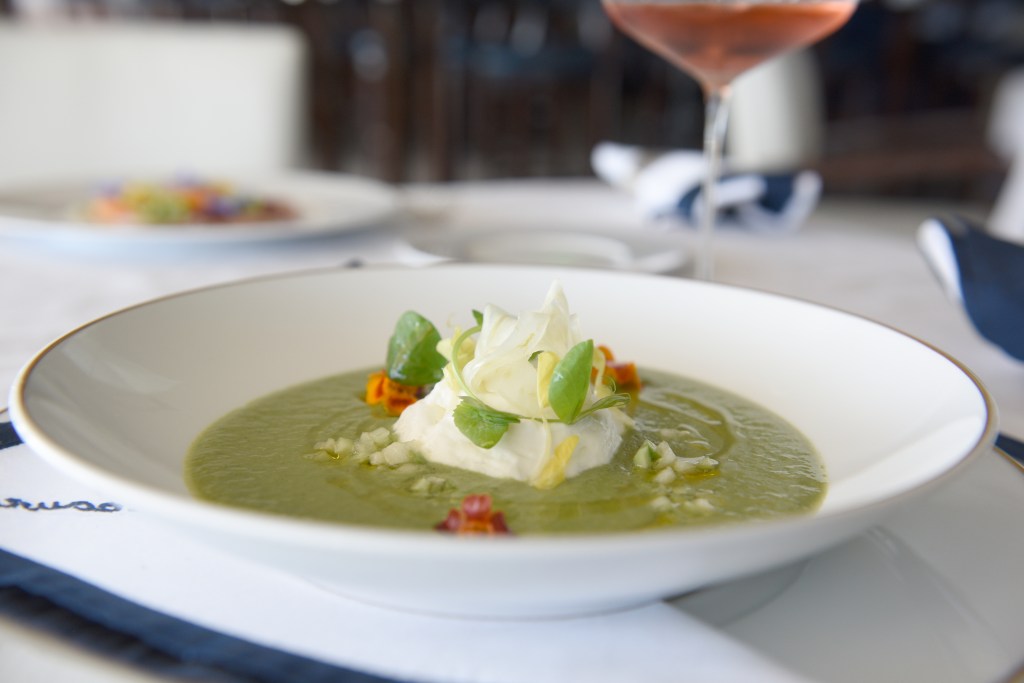
Chilled Minted Pea Soup with Drake Goat Cheese Froth and Chardonnay-Pickled Fennel at Caruso’s 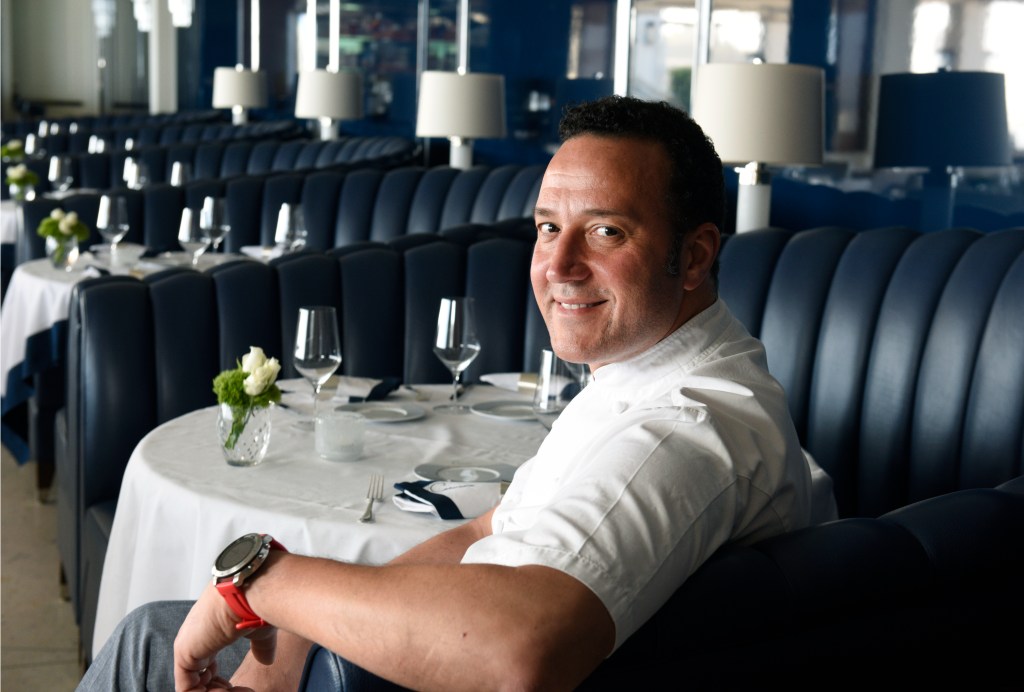
Massimo Falsini Executive Chef for Rosewood Miramar Beach Montecito 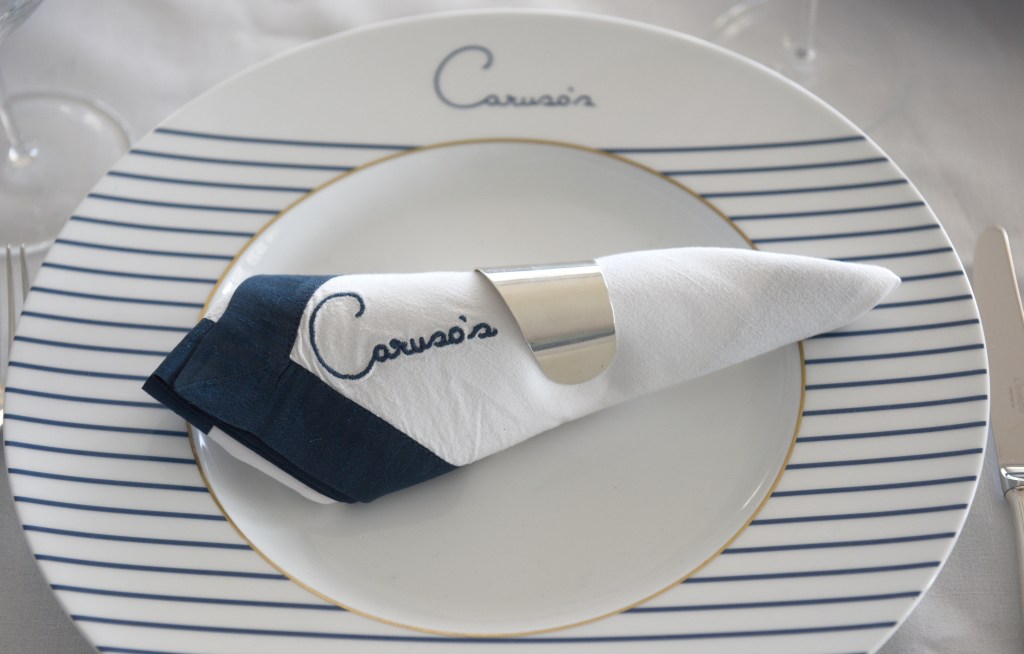
Caruso’s at Rosewood Miramar Beach Montecito 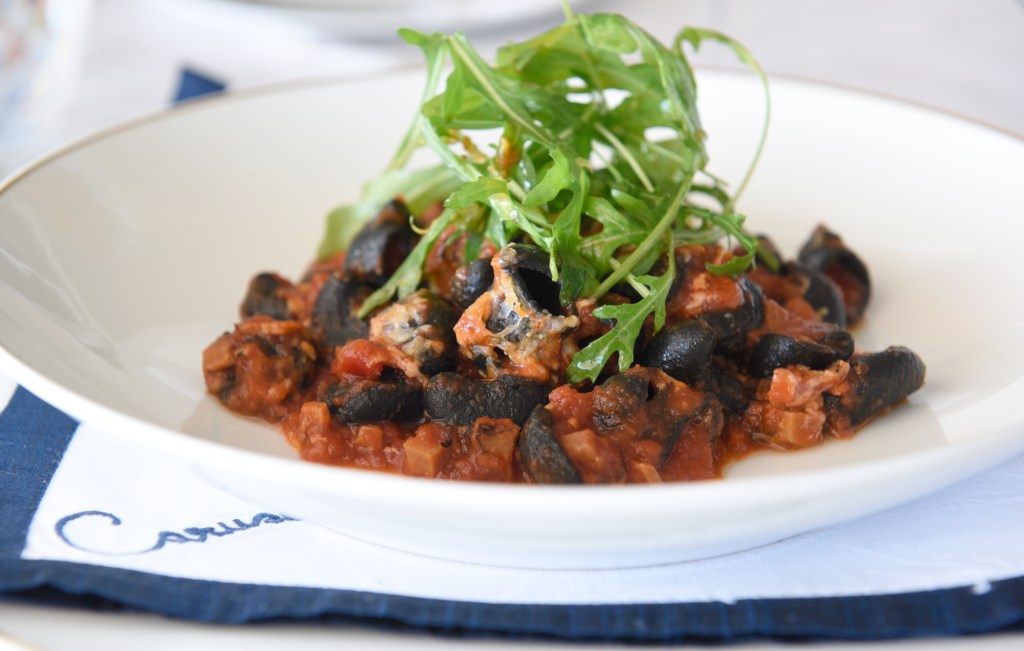
Seppia Ink Lumachine with Albalone Amatriciana, Serrano Ham, Sicilian Silano, and Lemon at Caruso’s
What’s popular so far? The seafood is surpassing the meat by a lot, and the pastas are extremely popular, despite the fact that everyone thinks gluten is public enemy #1. We change the menu on a weekly basis according to the colors changing in the market. In the spring the menu is green with flowers accents, in the summer you’ll find yellows and reds, in the fall look for browns and oranges, and in the wintertime, darker accents.
You’ve worked in restaurants all over the world. Are you finding anything that is unique about the Santa Barbara diner? I have found a lot of similarities between the Santa Barbara and Napa Valley diners. They like to go out quite often and enjoy tradition a little more than experiments. I try to be radical at times with dishes like the crudo you tried, and somewhat more traditional like the mafaldine. Nobody knew that we wouldn’t be able to live without a smartphone before a guy named Steve Jobs came along. In the same way, now we all know that we cannot live without tagliatelle Bolognese!
Do you miss living and working in Rome? I miss Rome every day — the ability of the Eternal City to be so international and inclusive, and at the same time maintain such a small-town feel, it is just unparalleled.
How has growing up in a family of charcutiers influenced your cooking career? My family origins are from Naples and South of Tuscany. My family has been charcutiers for seven generations, and I grew up in Trastevere on Via Dei Salumi, funny enough, because the streets in the ancient days were named after the professions. We are producing our own charcuterie in-house now at Caruso’s, with a beautiful state-of-the-art aging cabinet made in Italy, so our salumi will be ready for all to enjoy very soon.
Is the American dining experience growing closer to the Old World one? Are we taking more time with our meals, appreciating seasonality, understanding that good food costs money? Or do we still want to eat fast and affordable? Even though I’ve only been in the U.S. for 14 years, I notice the changes. Habits have definitely changed a lot; however, there is still a place for both. When I stop to charge my car, I always see long lines at the favorite California burger place (I am not mentioning the name), so the nostalgia is still there, but I see it more as “feeding the soul.”
1759 S. Jameson Ln., Montecito; (805) 900-8388; rosewoodhotels.com/en/miramar-beach-montecito/dining/Carusos

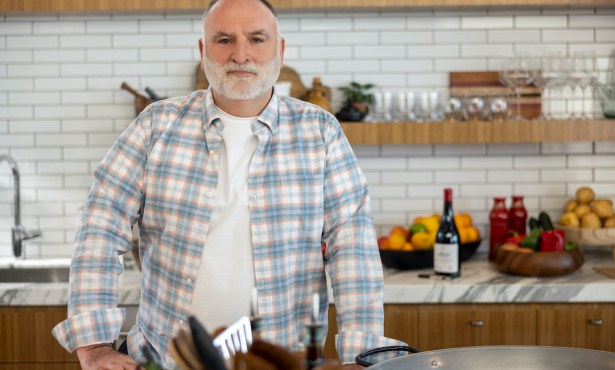
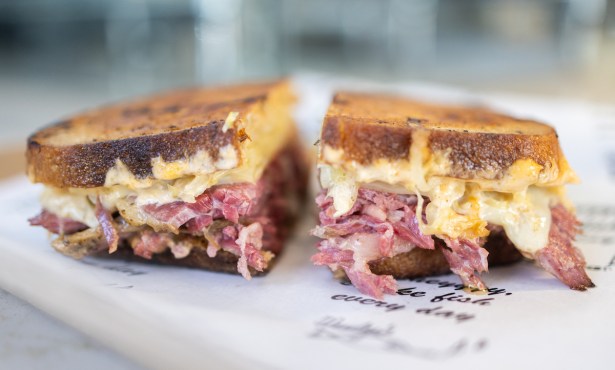
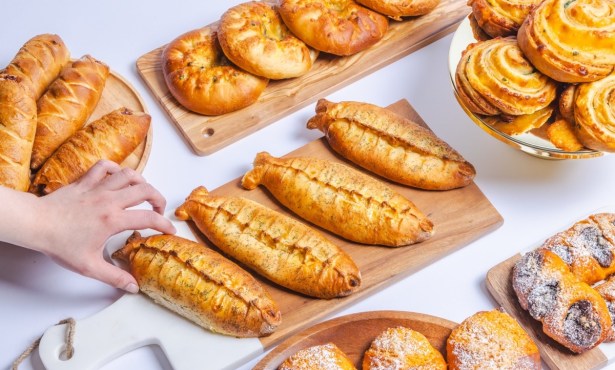
You must be logged in to post a comment.